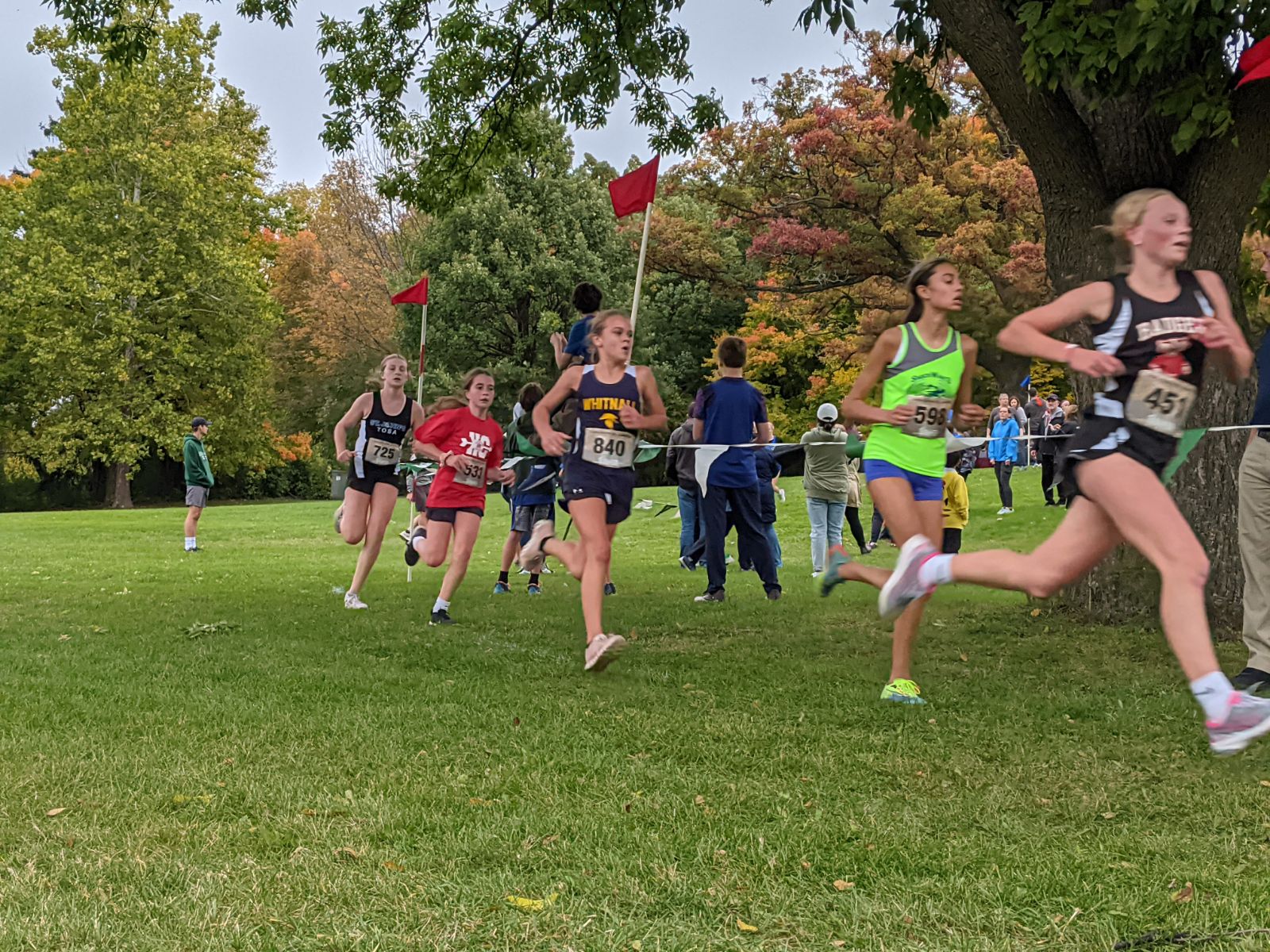Zone 2 Training for High School Cross Country Runners: Maximizing Summer Preparation

Zone 2 Running for High School XC: Maximize Your Summer Preparation
As the summer sun beats down and the summer feels half over now that the Fourth of July is past, high school cross country runners are deep into their summer training schedules. Summer miles are crucial for building the endurance and stamina needed to excel during the cross country season in the fall. One effective method that can elevate a runner’s performance is Zone 2 training. We will explore what Zone 2 training is, its benefits, and how to incorporate it into a summer training regimen for high school cross country runners.
Understanding Zone 2 Training
Zone 2 training refers to a heart rate training zone that is typically 60-70% of an athlete’s maximum heart rate. This zone is often considered the “aerobic base” or “fat-burning zone.” For high school athletes, it’s an essential part of training that helps build a strong aerobic foundation without causing undue stress or fatigue. This aerobic foundation from summer miles sets the stage for adding quality interval workouts and more speed during the XC season.
Benefits of Zone 2 Training
1. Enhanced Aerobic Capacity: Zone 2 training primarily uses fat as a fuel source, which helps in building a robust aerobic base. This increased aerobic capacity allows runners to sustain higher intensities for longer periods during races.
2. Improved Recovery: Training in Zone 2 promotes better blood flow, aiding in the removal of metabolic waste products like lactic acid. This results in faster recovery times between workouts.
3. Increased Endurance: By consistently training in this zone, runners can enhance their endurance, making it easier to handle the longer distances and challenging terrains of cross country courses.
4. Reduced Injury Risk: Since Zone 2 training is less intense than higher heart rate zones, it reduces the risk of overtraining and injury. This is particularly important during the hot summer months when the risk of heat-related issues is higher.
 Implementing Zone 2 Running
Implementing Zone 2 Running
1. Determine Maximum Heart Rate
To effectively train in Zone 2, runners need to know their maximum heart rate. A simple method is the formula: “220 – age = maximum heart rate.” For example, a 16-year-old runner would have an estimated maximum heart rate of 204 beats per minute (bpm).
2. Calculate Zone 2 Range
Once the maximum heart rate is determined, calculate the Zone 2 range by taking 60-70% of that number. For our 16-year-old runner with a maximum heart rate of 204 bpm, the Zone 2 range would be between 122 bpm (60%) and 143 bpm (70%).
3. Incorporate Zone 2 Workouts
Here’s how to integrate Zone 2 training into a summer schedule:
– Long Runs: Schedule long, steady-state runs at least once a week. These runs should be done at a pace that keeps the runner’s heart rate within the Zone 2 range. Start with a manageable distance and gradually increase it each week.
– Recovery Runs: Incorporate Zone 2 training into recovery days. These runs should be easy and relaxed, allowing the body to recover while still benefiting from aerobic training.
– Consistent Monitoring: Use a heart rate monitor to ensure that the runner stays within the Zone 2 range. This helps in maintaining the appropriate intensity and reaping the full benefits of the training. Many running watches, such as Garmin, have a wrist heart rate monitor function built in. However, these watch HR monitors can be unreliable and a chest strap monitor is still the best bet for a most-accurate HR reading.
4. Stay Hydrated and Cool
Summer training can be grueling due to high temperatures and humidity. Emphasize the importance of staying hydrated and taking measures to cool down, such as running early in the morning or late in the evening, and seeking shaded routes. Also consuming hydration mixes and not simply water is a great way to rehydrate and avoid dreaded muscle cramps. LMNT offers great flavors and a science-backed formula without sugar or high fructose corn syrup.
Sample Week of Zone 2 Training
This sample training plan assumes an experienced high school runner who has completed a couple competitive seasons and is used to running some moderate amount of mileage. An incoming freshman or first-time XC runner may want to start with half or two-thirds of this plan.
Monday: Long Run – 60 minutes at Zone 2 pace
Tuesday: Recovery Run – 30 minutes at Zone 2 pace
Wednesday: Cross Training (e.g., swimming or cycling) – 45 minutes at a moderate intensity
Thursday: Tempo Run – 45 minutes with the first 15 and last 15 minutes in Zone 2
Friday: Recovery Run – 30 minutes at Zone 2 pace
Saturday: Long Run – 75 minutes at Zone 2 pace
Sunday: Rest or light cross training
Conclusion
Zone 2 training is a powerful tool for high school cross country runners, especially during the summer months. By building a solid aerobic base, improving recovery, increasing endurance, and reducing injury risk, runners can set themselves up for a successful season. Consistency is key, so make Zone 2 training a regular part of your summer regimen, and you’ll be well-prepared to tackle the challenges of the upcoming cross country season. Happy running!
 262-373-9168
262-373-9168



